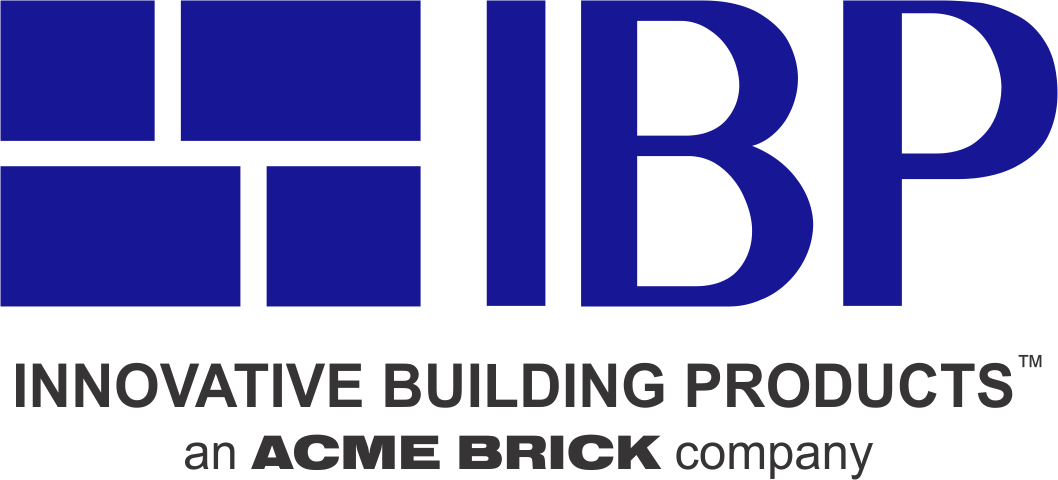In the past 50 years, the economics of home construction have changed dramatically. When vinyl siding and synthetic insulation materials were introduced in the 1960s, as a substitute for traditional brick and wood, home builders found their costs were reduced dramatically. In recent years, it is estimated by trade associations that homes wrapped in vinyl siding and synthetic insulation are purchased by 33 percent of new home buyers.
Clearly, this increase in the use of synthetic materials has been profitable for home builders, especially those who construct “starter” homes. Unfortunately, there are deadly consequences for homeowners and firefighters when these homes catch fire. Many experts feel that exterior walls made from brick or metal siding such as MAC Metal Architectural siding can reduce damage from fires.
Underwriters Laboratories Weighs In on Vinyl Siding Fires
According to a landmark project conducted by a division of the well-known Underwriters Laboratories (UL) – the UL Firefighter Research Institute – when vinyl siding is combined with newer insulation materials, firefighters sent to extinguish fires in these structures face unique challenges. The consequences for homeowners who become trapped in these fast-moving infernos can be tragic.
In a 587-page report, the UL fire experts – led by Stephen Kerber – analyzed the speed of the spread of the flames over various building materials including vinyl, wood, aluminum, and several other synthetic materials. Since it is impossible to ignite brick and stone, these materials were not included in the testing. The results, while controversial among the vinyl siding industry, were conclusive.
The objectives of the research were to determine the time it takes for a fire to spread through a home and to help firefighters approach an exterior fire more efficiently. The quicker an exterior fire spreads through a house and into the attic, the less likely a firefighting unit can extinguish it. Even when the time is calculated in minutes, the speed at which an exterior fire spreads can mean the difference between life and death of the residents.
According to the report, “This indicates that regardless of the siding material, once the vinyl became involved, rapid flame spread occurred.”
How Exterior Wall Fires Start
In its recommendation to professional firefighters, the UL report continued, “Changes in residential wall construction methods are playing an important role in how exterior fires are initiated, as well as how they spread and extend. The potential to respond to an exterior fire that has extended into the house increases as home design and construction techniques continue to evolve. In the past, a small outside fire or rubbish fire adjacent to a house spread slowly, if at all. Now, the same fire may quickly involve the entire side of a house and rapidly extend into the eaves and attic or to adjacent structures.
“Older homes commonly have brick, wood clapboard or stucco on the exterior of the structure’s walls. Construction materials and the techniques used to construct homes have evolved over time and will continue to evolve. Vinyl siding was introduced in the 1960s and has gained popularity since the 1970s. Today, the wood siding and vapor barrier that was once in place underneath the vinyl has been replaced with a rigid foam sheathing to increase energy efficiency in homes. The fire service must also evolve with the understanding of the potential impact these changes have on fire ground operations and safety."
Metal Siding or Brick Construction Is Safer
Winds and the lack of moisture can lead to fires. These can be caused by mulch fires, garbage fires, automobile-related ignitions and grass fires started by cigarettes and matches. Wildfires are a real concern, and the flames from these types of fires are the most serious ignition sources for exterior fires.
In my years with Acme Brick, I have seen the benefit of brick construction and innovative metal siding such as MAC Metal Architectural to ward off fires. Brick structures don’t ignite from an exterior fire source. Where a simple grass fire can envelop a home built of wood and wrapped in vinyl siding in seconds, brick structures maintain their integrity against these fires.
Some insurance companies have also noticed the advantage of brick. Insurance rates for homes constructed of brick and stone are generally lower than those of other materials because the potential for fires is considerably less.
The rapid spread of exterior fires is not the only challenge firefighters and residents face. Because vinyl siding is manufactured from synthetic materials, when it is ignited, those chemicals can become poisonous.
Even the trade publication for the siding industry, Siding Magazine, noted: “Vinyl siding is made primarily of polyvinyl chloride, or PVC, a durable and cheap plastic often used in construction. When PVC is heated up or burned, such as in very hot weather or a fire, it will release formaldehyde, hydrogen chloride, and dioxin into the air, all of which are gasses and are known carcinogens that may cause illnesses.
“In case of a fire, it is possible for these gasses to kill the occupants of a home before the fire reaches them. In some cases, firefighters have allowed homes to burn to avoid toxic exposure from burning vinyl siding.”
